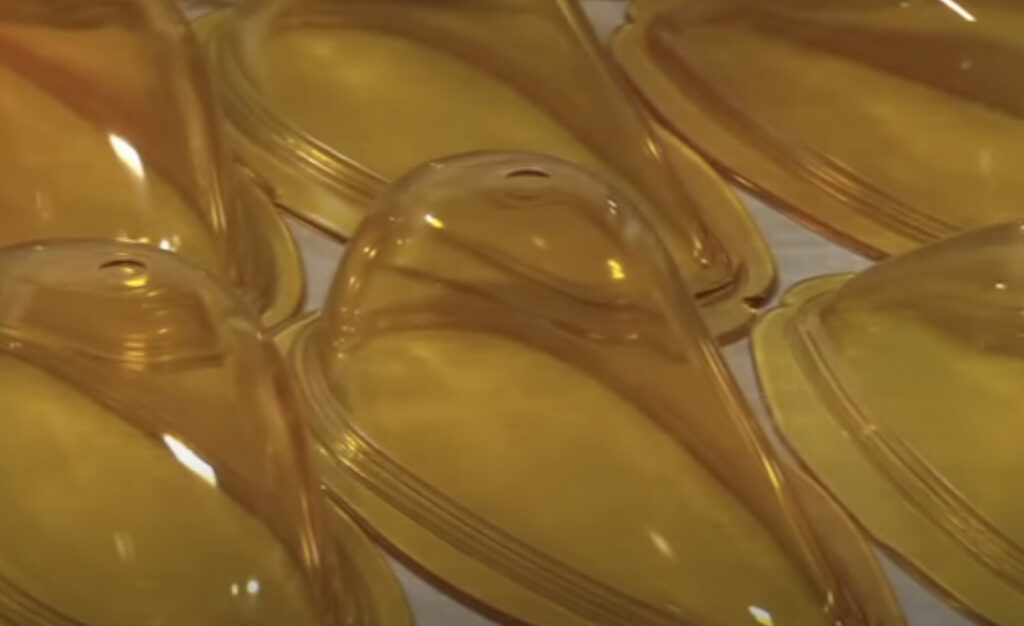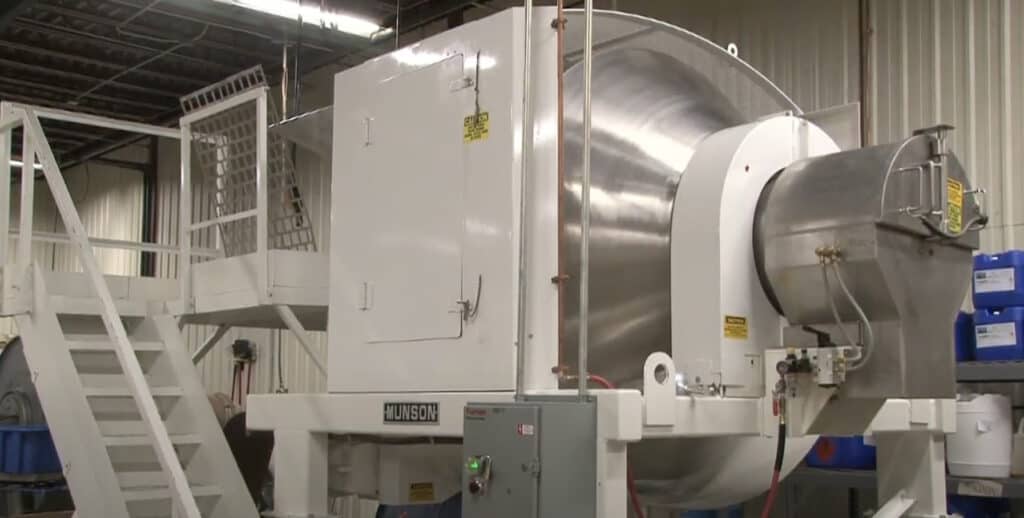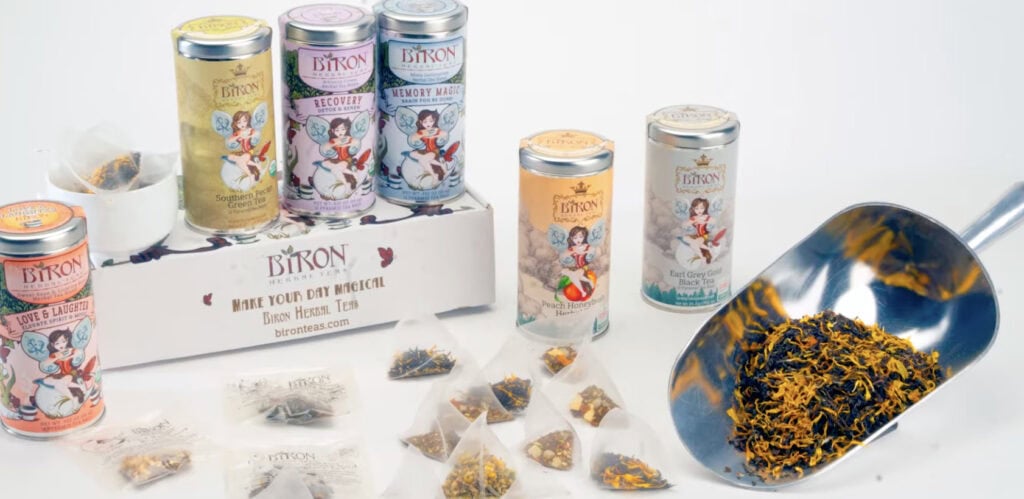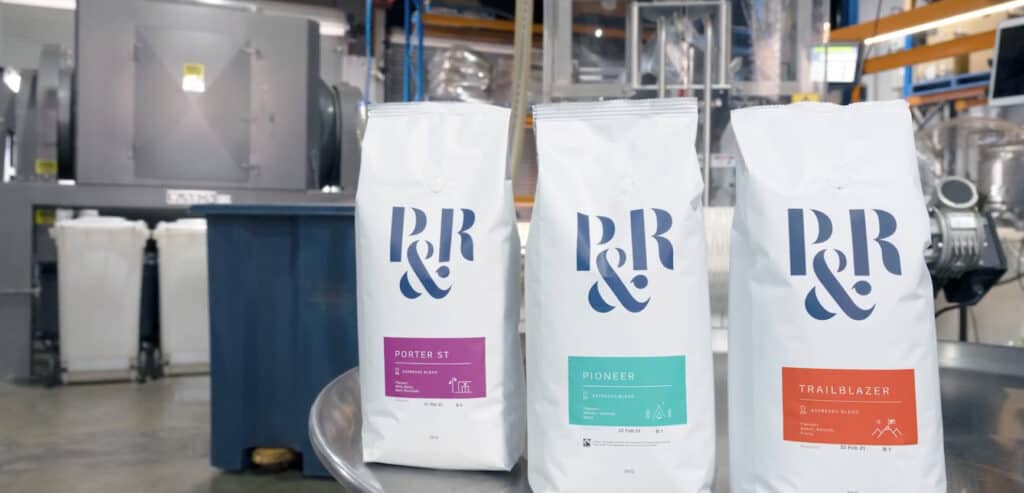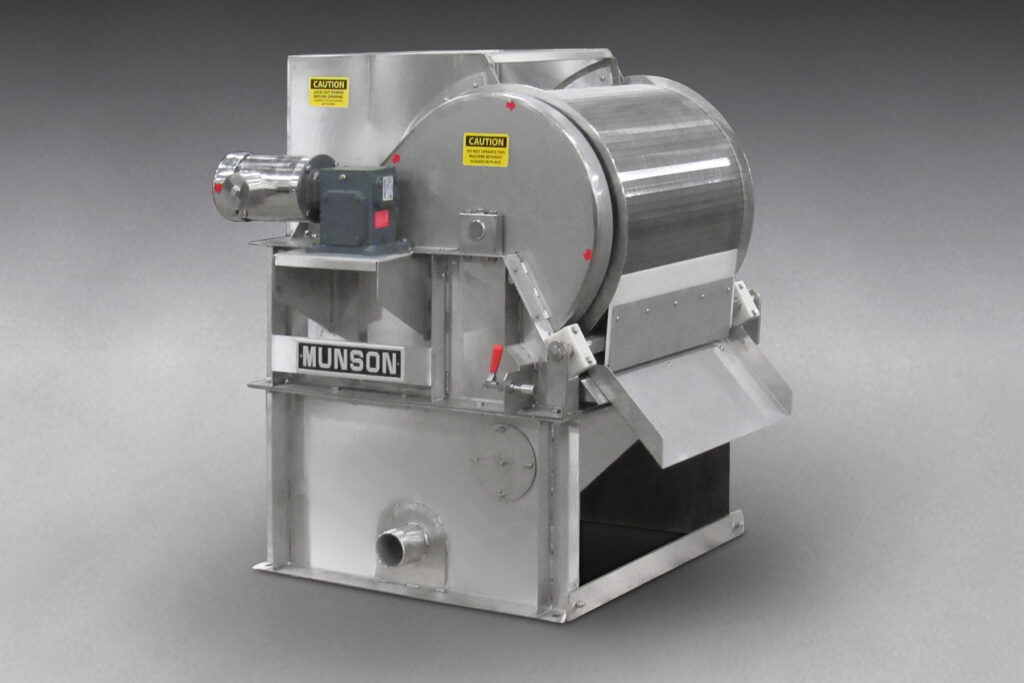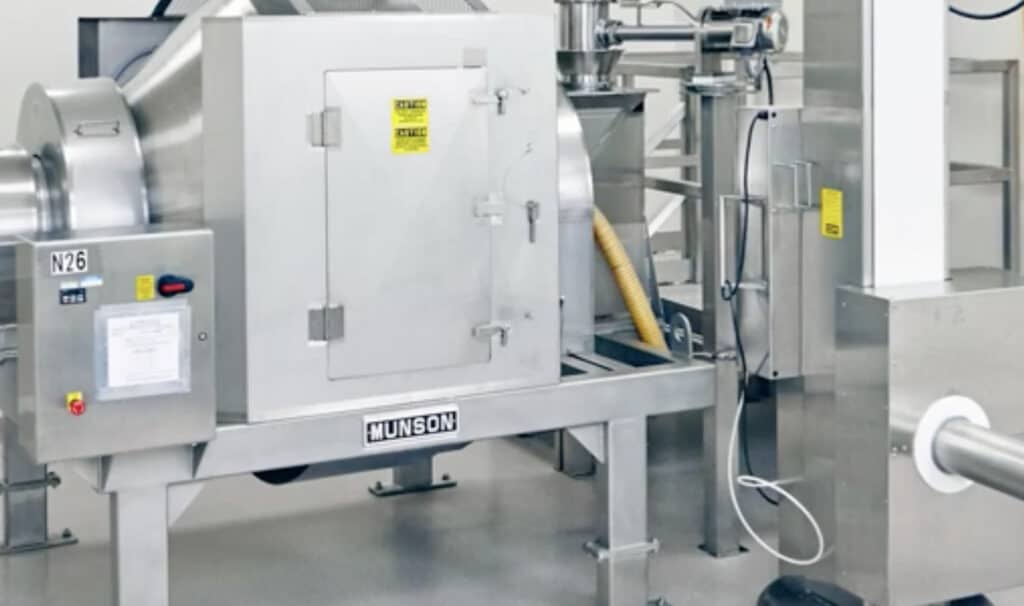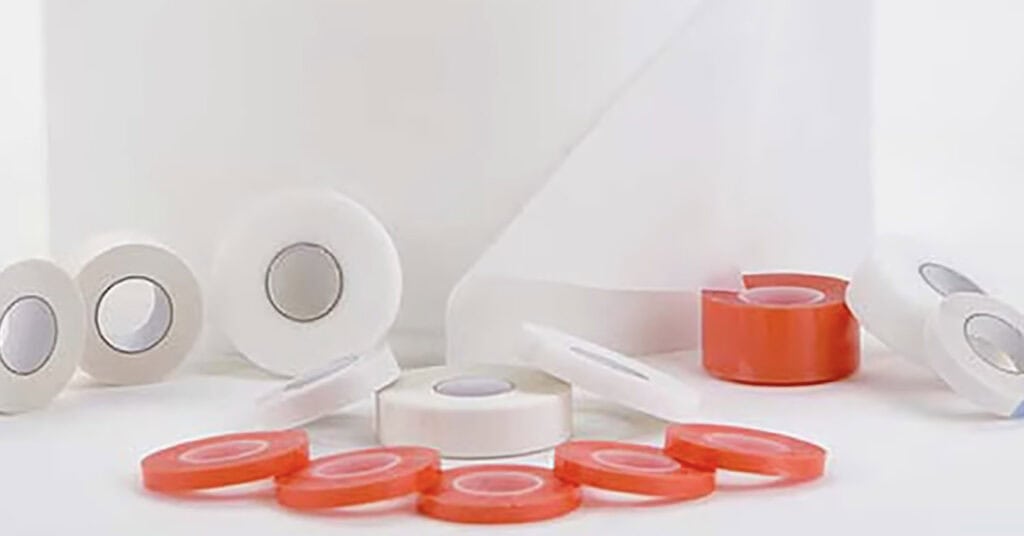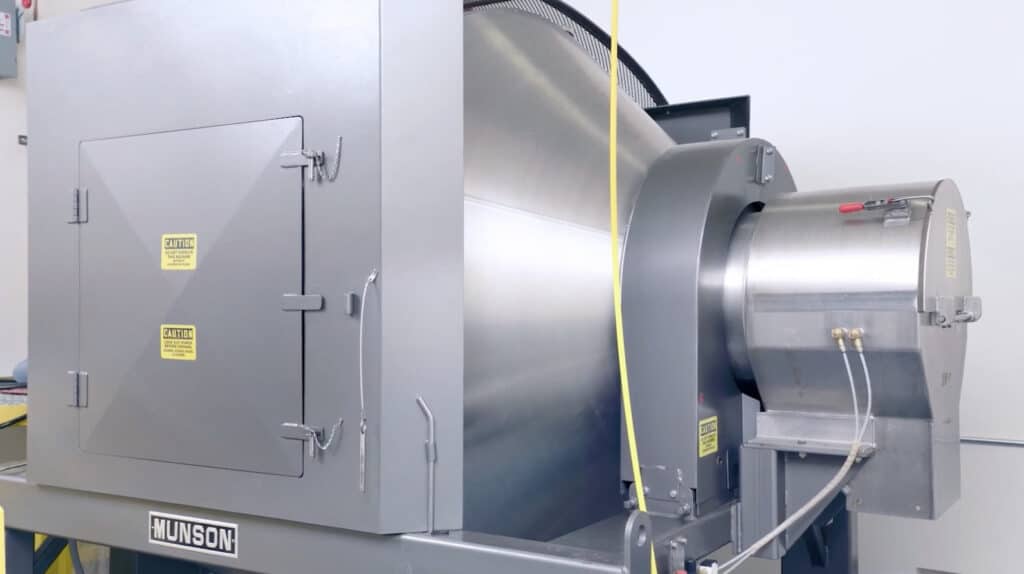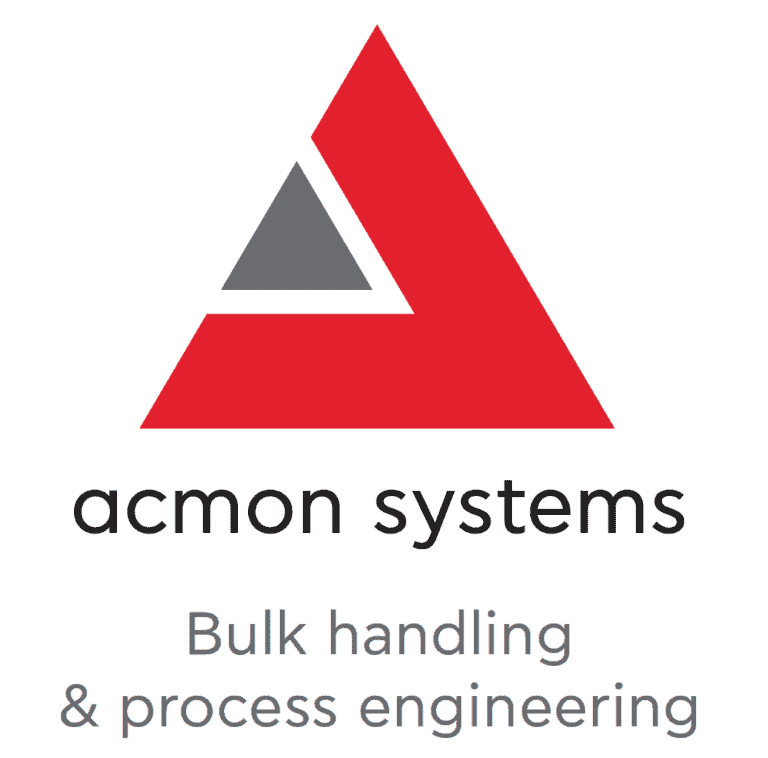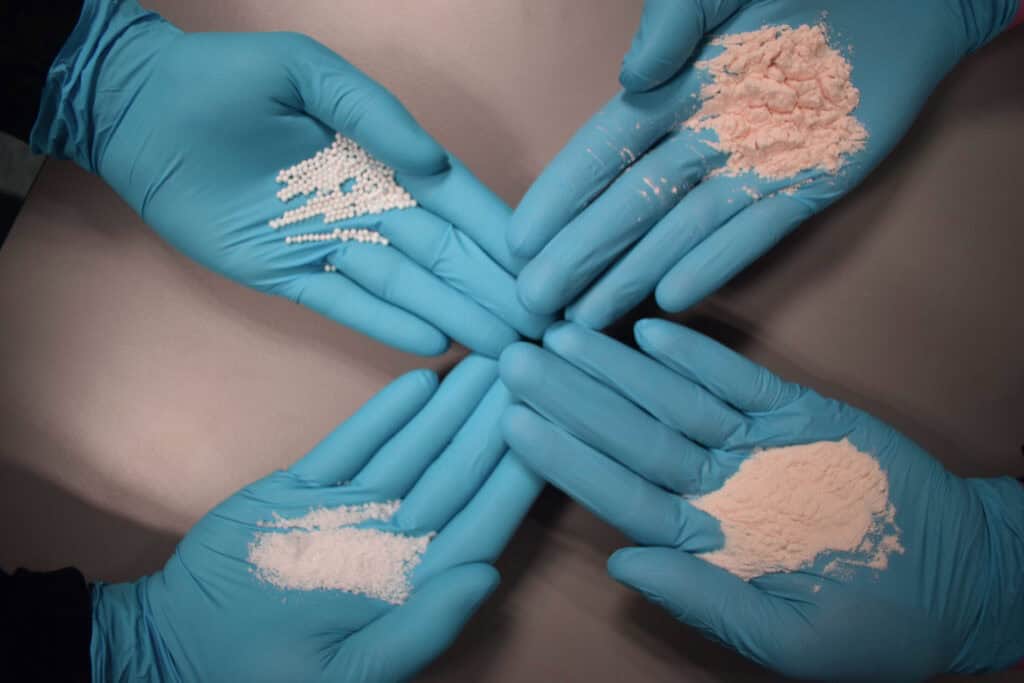Munson Machinery Company is a world-leading manufacturer of mixing, blending and size reduction equipment for bulk food, dairy, nutritional, pharmaceutical, and general chemical products.
Established in 1823, Munson engineers each machine to suit individual batch or continuous processing requirements, and offers unparalleled experience in solving the most challenging mixing, blending and size reduction problems encountered in virtually every application in which bulk solid materials are processed.
Munson Machinery – Mixers, Blenders and Size Reduction Equipment for Bulk Solid Materials
The company offers a 5000 square foot test laboratory equipped with its extensive range of full size machinery, enabling customers to assure themselves that the equipment is suitable for their application.






